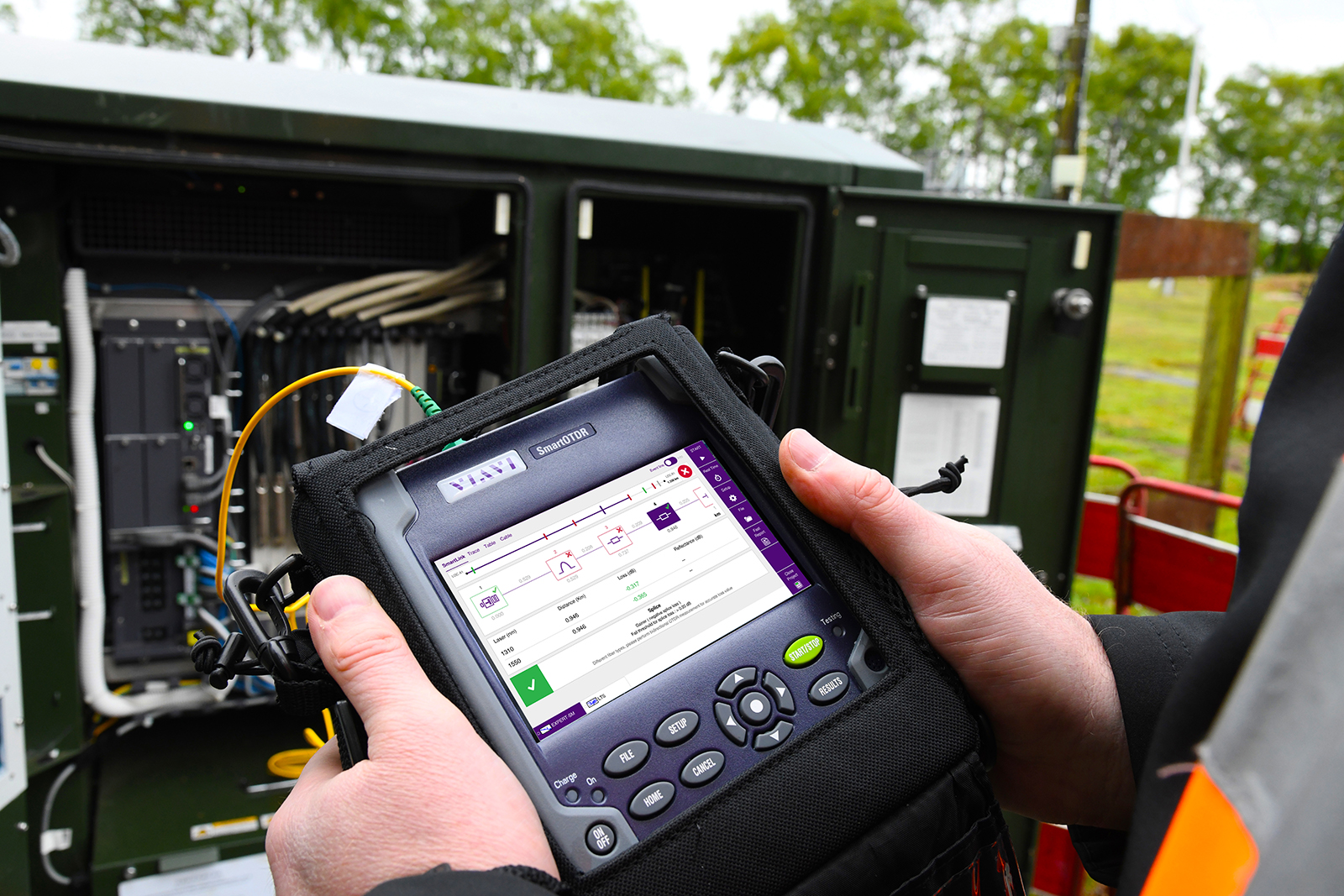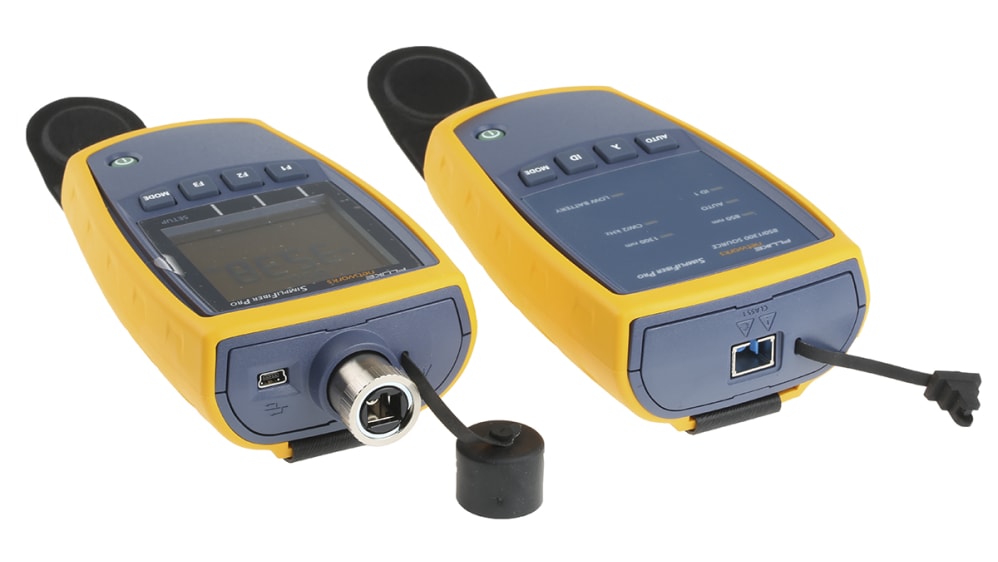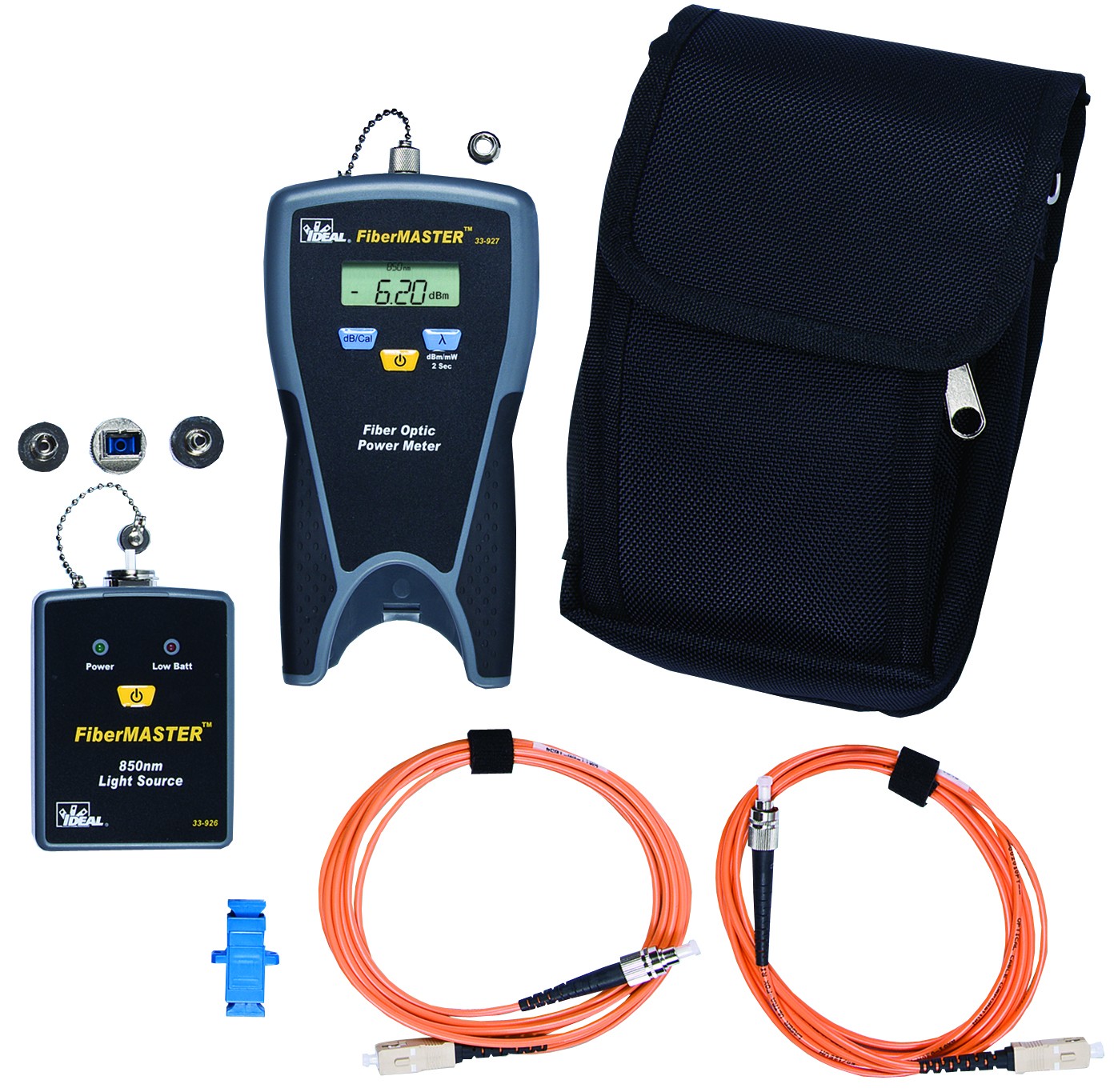Must-Know advantages of using fiber measurement for industrial optimization
Must-Know advantages of using fiber measurement for industrial optimization
Blog Article
A Comprehensive Overview to Optical Measurement System for Fiber Evaluation
When it comes to fiber evaluation, recognizing optical dimension systems is essential for reviewing efficiency and making certain top quality. You'll discover crucial strategies like interferometry and spectroscopy, which aid you gauge key parameters. There's more to it than just these techniques; grasping depletion measurement strategies can substantially affect your network's effectiveness. As you navigate with this guide, you'll reveal insights that might transform your technique to optical fiber.
Comprehending Optical Measurement Systems
When you discover optical dimension systems, you'll discover they're necessary for examining fibers with precision. These systems make use of light to evaluate various features of fibers, including size, refractive index, and uniformity. By using methods like interferometry and spectroscopy, you can get useful insights into the fiber's properties.You'll locate that these systems are created to reduce mistakes and improve precision, guaranteeing reliable information for your evaluation. Different setups, such as single-mode and multi-mode systems, deal with certain fiber kinds, allowing you to select the most effective suitable for your needs.Moreover, the integration of sophisticated software program tools assists you analyze the data successfully, making it simpler to determine any kind of disparities or flaws. As you check out much deeper right into these dimension systems, you'll appreciate how they simplify the analytical process and enhance the total quality of fiber production and testing.
Trick Parameters for Fiber Analysis
Key specifications for fiber analysis play a crucial role in figuring out the top quality and efficiency of fiber optics. When you evaluate a fiber, you'll wish to concentrate on characteristics such as attenuation, data transfer, and modal diffusion. Depletion gauges the loss of signal toughness as light journeys via the fiber. A reduced depletion worth shows far better high quality and longer transmission distances - fibre testing equipment.Bandwidth refers to the data-carrying capability of the fiber and is important for high-speed communication. You'll need to assess the bandwidth to ensure it meets your application requirements. Modal diffusion, which develops from the various speeds at which light journeys through various settings in multimode fibers, impacts signal clearness
Techniques for Attenuation Measurement

Data transfer and Its Effect On Performance
Comprehending bandwidth is essential for maximizing fiber efficiency, as it directly affects the quantity of information that can be transferred over a network. Higher transmission capacity indicates you can send even more info all at once, permitting faster communication and better total performance. When you're collaborating with optical fibers, it's important to take into account just how data transfer interacts with fiber features, such as core size and product properties.If the bandwidth is restricted, you may experience information loss or slower speeds, influencing your applications. Furthermore, various kinds of fibers can sustain differing data transfer degrees, so it is essential to pick the best fiber for your specific needs.You ought to additionally bear in mind that ecological factors, like temperature and exterior interference, can influence bandwidth. By understanding these facets, you can make educated choices to boost your fiber optic systems, making sure reputable and reliable data transmission.
Refractive Index Measurement Techniques

Complete Interior Representation
Overall internal reflection (TIR) works as a basic principle for gauging the refractive index of fibers. When light travels from a denser tool to a less dense one, it can just be fully shown if the angle of incidence surpasses a specific limit, referred to as the essential angle. This phenomenon permits you to identify the refractive index by assessing the angles at which light reflects or refracts. By utilizing an arrangement that guides light right into a fiber and measures the resulting angles, you can determine the refractive index properly. Understanding TIR not just boosts your fiber evaluation but likewise boosts the design and performance of optical systems. So, leveraging TIR can bring about much more efficient fiber-based applications.
Interferometric Methods
Structure on the concepts of overall inner representation, interferometric strategies give an effective methods for gauging the refractive index of fibers with high accuracy. These techniques my review here make use of the interference patterns created when light beams split and recombine after taking a trip different paths. You can use setups like the Michelson or Mach-Zehnder interferometer to evaluate phase changes brought on by adjustments in refractive index. By meticulously calibrating your system and evaluating the resulting edges, you can identify the refractive index with amazing accuracy. It's crucial to keep steady ecological problems to lessen errors. With these strategies, you'll boost your understanding of fiber buildings, bring about better performance in numerous applications, from telecommunications to sensor modern technology.
Modal Dispersion and Its Significance
Modal diffusion describes the dispersing of light pulses as they take a trip with a fiber, which can impact the total performance of the system. You'll see that this sensation can cause signal distortion, affecting information transmission prices and high quality. Understanding its relevance is important for optimizing fiber optic layouts.
Meaning of Modal Dispersion
In optical fiber interactions, modal dispersion plays a substantial role in establishing signal high quality and transmission rate. It occurs when various light settings take a trip at varying speeds via the fiber. Because each setting has distinct courses and features, they can arrive at the receiving end at various times. This time distinction can result in signify spreading and distortion, which can break down the total performance of the communication system. You could encounter modal dispersion largely in multimode fibers, where the several courses of light aggravate the issue. Understanding modal dispersion is crucial for optimizing fiber designs and ensuring that your interaction systems run successfully, maintaining the integrity of the transmitted signals over longer distances.
Impacts on Fiber Performance
Comprehending modal diffusion aids highlight its results on fiber efficiency. This sensation takes place when various modes of light travel at varying speeds within the fiber, resulting in indicate spreading in time. As you evaluate fiber optics, you'll observe that raised modal diffusion can considerably deteriorate signal quality, resulting in decreased data transfer and longer transmission ranges. In practical terms, this suggests your information can get here distorted or delayed, impacting total interaction performance. To alleviate these results, you might take into consideration making use of single-mode fibers, which minimize modal diffusion. By picking the right fiber kind and comprehending exactly how modal dispersion affects performance, you can enhance transmission quality and warranty reputable data transfer in your optical measurement systems.
Devices and Technologies for Optical Measurements
When it concerns optical measurements, numerous ingenious devices and innovations are at your disposal to boost fiber analysis. You'll find fiber optic testers, which examine signal high quality and efficiency, vital for keeping suitable network effectiveness. Optical time-domain reflectometers (OTDRs) are critical for situating faults and determining loss over distances, supplying thorough insights right into fiber integrity. In addition, spectrometers can analyze light ranges, assisting you identify material homes and composition.Don' t overlook the significance of imaging systems, like electronic microscopes, that allow you to aesthetically examine fiber surface areas for defects. Likewise, take into consideration using polarization analyzers to gauge tension and pressure in fibers, which content is vital for recognizing their behavior under various conditions. By leveraging these tools and innovations, you can greatly improve your fiber analysis processes, making sure integrity and high efficiency in your optical networks.
Regularly Asked Inquiries
What Are the Prices Related To Optical Measurement Systems?
The costs connected with optical measurement systems can vary greatly. You'll need to evaluate tools rates, maintenance charges, software application licenses, and prospective training costs. Budgeting very carefully will assist you prevent unforeseen financial challenges down the line.

Exactly How Usually Should Fiber Analysis Be Done?
You should carry out fiber evaluation routinely, commonly every six months or after considerable adjustments in the setting (fibre testing equipment). This assures ideal performance and aids identify potential problems before they affect your system's performance and integrity
Can Optical Measurement Systems Be Calibrated in your home?
Yes, you can adjust optical dimension systems at home, but it requires precision. Make certain you follow the manufacturer's guidelines, use suitable calibration standards, and confirm your results to guarantee accuracy in your measurements.
What Industries Typically Utilize Optical Measurement Systems?
You'll find optical measurement systems widely made use of in sectors such as telecoms, production, health care, and research study. They're vital for quality assurance, fiber analysis, and guaranteeing precise dimensions in numerous applications, boosting efficiency and precision throughout markets.
Are There Any Kind Of Safety And Security Worries With Optical Measurement Systems?
Yes, there are security interest in optical measurement systems. You need to constantly use safety eyeglasses to shield your eyes from extreme source of lights and guarantee correct training to manage devices securely and stay clear of crashes.
Report this page